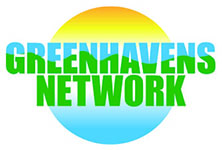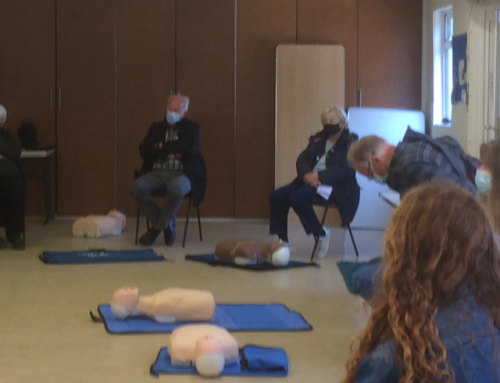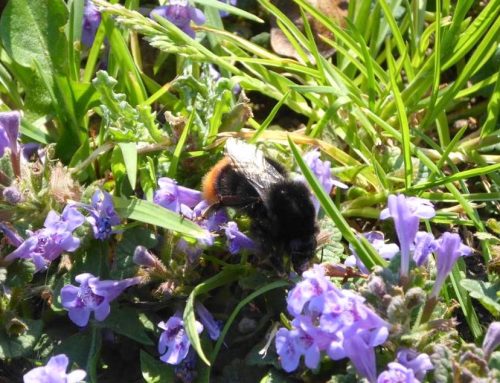There hasn’t been a better time to think about your own wellbeing and those dear to you. Now in lockdown number three, despite there being light at the end of the tunnel, we still need to look after ourselves. Whether you are a key worker facing possibly daily exposure to Covid, been ill with Covid or maybe someone who is shielding and very isolated; there is no doubt for some of us these times have been the most challenging of our lifetimes. Wherever you fall upon this spectrum the continuous background stress of this extended period of the pandemic can lead to some very difficult feelings and symptoms so even if you feel you have breezed through it is OK not to feel OK or be strong all the time. We need to keep talking and not let things get bottled up. Health in Mind is a free NHS organisation for all adults in East Sussex which has a brilliant website where you can find lots of information and you can even self-refer without seeing your GP. Health in Mind
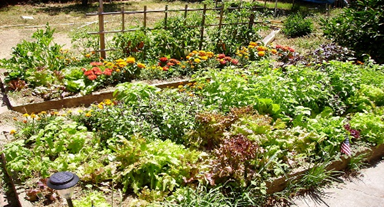
You may be part of the Greenhaven’s Network and thus already have a passion or love of something ‘green’, maybe its gardening, conservation, walking or cycling. Whatever it is you may recognise the huge value and impact of natural space has on your life.
The Office of National Statistics reports that one in eight households has not got access to a garden or shared garden during lockdown. CPRE The Countryside Charity reports that polls illustrate nearly two thirds of people think protecting and enhancing green spaces should be a higher priority post-lockdown. Alongside the tragedy and immense loss people are experiencing due to there seems to be a reawakening to the value of time near green and blue spaces. This is reflected far and wide as land managers observe increased visitor numbers, increased litter and fires etc associated with visitors who are new to the outdoors. We have seen that local car parks have been overflowing at Tide Mills, South Hill Barn, Seven Sisters and Seaford Beach on warm days.
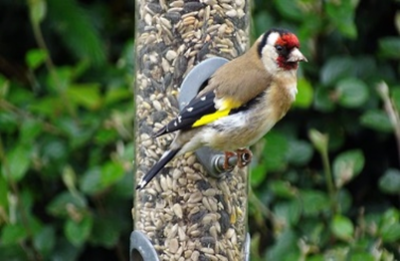 Public Health England (NHS 5 Ways to Wellbeing) has long spoken of the five ways to wellbeing and involvement with a green community groups can deliver these ways: be active, stay connected, keep learning, take notice and give. Take a community garden: gardening is active, group contacts and friendships create connection, with gardening the learning never seems to end, you have to take notice and observe the plants, soil and wildlife and by helping out you are giving back to a common purpose. Of course if you are in isolation you may need to adapt this for example, exercise whilst looking out the window at a garden (birds, window box or tree) and stay connected by phone or zoom, maybe grow your own on a windowsill or own garden ready for sharing after lockdown. You may be able to encourage others to join activities when lockdown is fully eased. You are part of something bigger to which you make a difference.
Public Health England (NHS 5 Ways to Wellbeing) has long spoken of the five ways to wellbeing and involvement with a green community groups can deliver these ways: be active, stay connected, keep learning, take notice and give. Take a community garden: gardening is active, group contacts and friendships create connection, with gardening the learning never seems to end, you have to take notice and observe the plants, soil and wildlife and by helping out you are giving back to a common purpose. Of course if you are in isolation you may need to adapt this for example, exercise whilst looking out the window at a garden (birds, window box or tree) and stay connected by phone or zoom, maybe grow your own on a windowsill or own garden ready for sharing after lockdown. You may be able to encourage others to join activities when lockdown is fully eased. You are part of something bigger to which you make a difference.
The intention behind this article is two-fold; one to highlight the ways we can boost our wellbeing through our passions during these tough times and secondly to start a conversation about how we may quantify the public benefit the work all the groups in the Greenhaven’s Network.
How does your group quantify the great service they do for the community? On previous projects I saw how participants reported universally an increase in optimism and motivation, a deeper appreciation of our local environment, we even had some participants share an increase in their steps and weight loss, but not many would volunteer that information! We used interviews and tick box surveys as part of a research project. Walking 30min a day 5 times a week brings significant health benefits from reductions in cardiovascular disease, diabetes and cancer even if you are overweight and additionally aids pain management. The mental health and wellbeing benefits are seen again and again but how can we measure the contribution community gardening gives an individual and relate them to meeting these national targets?
In the Green and Open Spaces for Health project we actually had a professor quantify in monetary value what the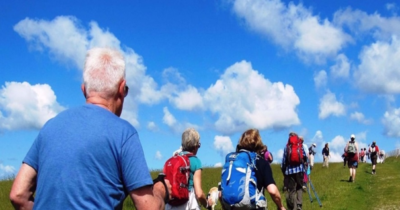 project’s contribution worth in terms of health benefit. My feeling is that groups should be recognised fully and receive more support (monetary and other) as they greatly improve the lives of the community. How could you measure what you do? Numbers of volunteer hours? Individual activity levels e.g. hours gardening etc or events provided open to the public? A voluntary self-lead survey? Should we be giving out fit bit health trackers to new participants?
project’s contribution worth in terms of health benefit. My feeling is that groups should be recognised fully and receive more support (monetary and other) as they greatly improve the lives of the community. How could you measure what you do? Numbers of volunteer hours? Individual activity levels e.g. hours gardening etc or events provided open to the public? A voluntary self-lead survey? Should we be giving out fit bit health trackers to new participants?
Greenhaven’s and I would love to hear your ideas as I think the whole environmental sector is looking at measuring public benefit and we need to innovate ways that quantify value without too much paperwork or inconvenience. We can then illustrate the case for more and better resourced green space and community gardens.
Please get in touch via greenhavens@yahoo.com.
By Jessie Rodriguez
